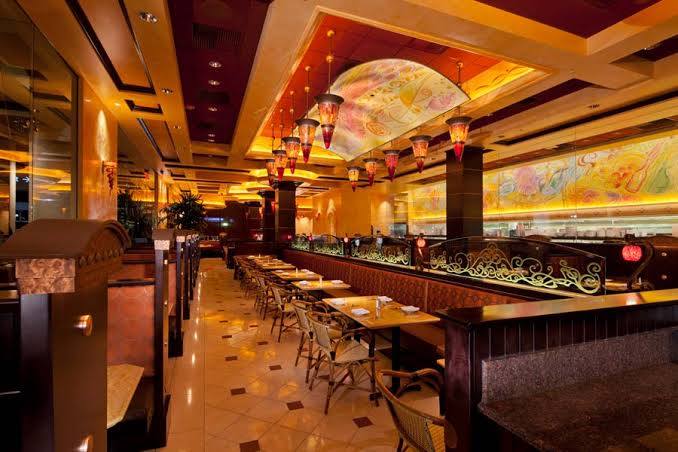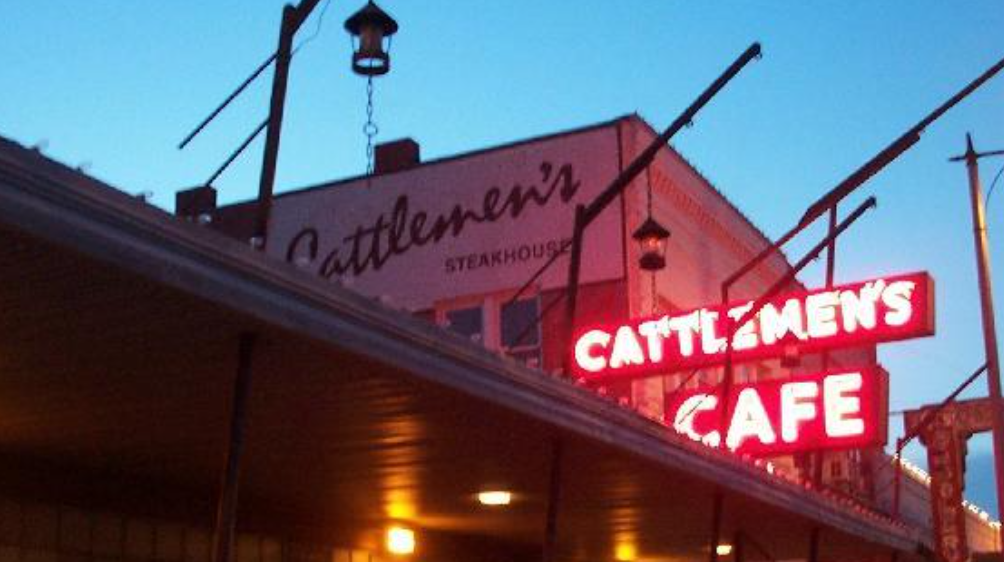Sometimes magic goes terribly wrong. You expect cotton candy dreams and gravity-defying moments when you walk through those turnstiles. Instead, these parks delivered something darker—reminders that the line between exhilaration and catastrophe can be thinner than a safety harness. These twenty destinations transformed family fun into cautionary tales that still echo through industry boardrooms.
20. Dreamworld Amusement Park, Australia
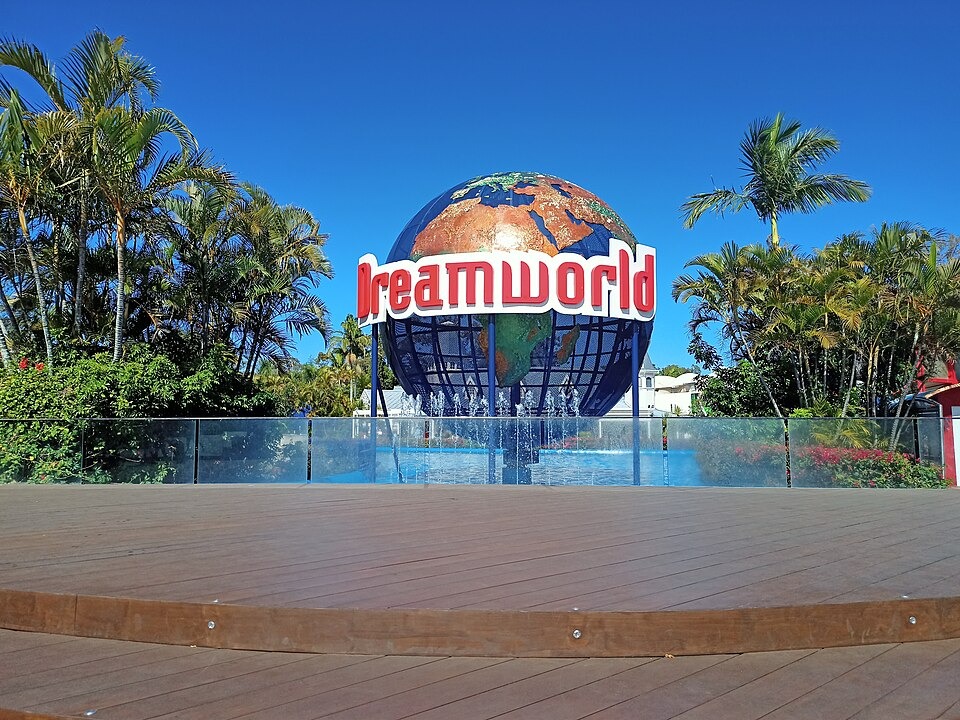
The Thunder River Rapids should have been a gentle family float. Instead, October 2016 became Australia’s amusement park reckoning. Four people died when the conveyor belt system failed catastrophically. Families anticipated lazy river memories, not emergency room visits.
The aftermath sparked nationwide regulatory reform. Dreamworld implemented stricter training protocols and maintenance schedules. Sometimes tragedy becomes the teacher nobody wanted.
19. Luna Park, New York (Cyclone)
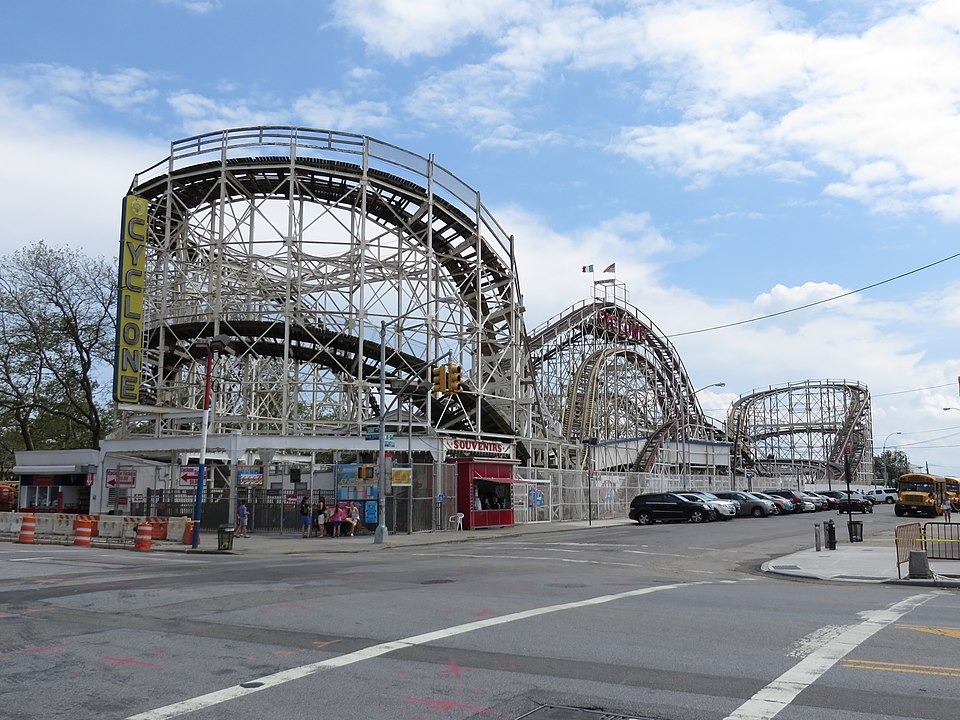
You don’t ride the Cyclone—you survive it. This 1927 wooden beast delivers 85 feet of bone-rattling nostalgia at 60 mph. The charm lies in wondering if each plank will hold. Every click up that first hill sounds like a question mark.
In 2015, mechanical failures stranded riders mid-course. Emergency evacuations followed. The Cyclone’s historical status can’t cushion every jolt or guarantee every bolt stays tight.
18. Mt. Olympus Water and Theme Park, Wisconsin (The Catapult/Hades)

Wisconsin Dells promised mythical thrills but delivered earthly consequences. The Catapult vanished after safety concerns. Hades 360 injured an elderly guest when lap bars failed in 2014. What should have been a golden years adventure became a nightmare.
Overcrowding and operational strain plague this sprawling complex. Enhanced inspections and staff training remain essential. Family memories shouldn’t include hospital visits.
17. Schlitterbahn Water Park, Kansas City (Verrückt)
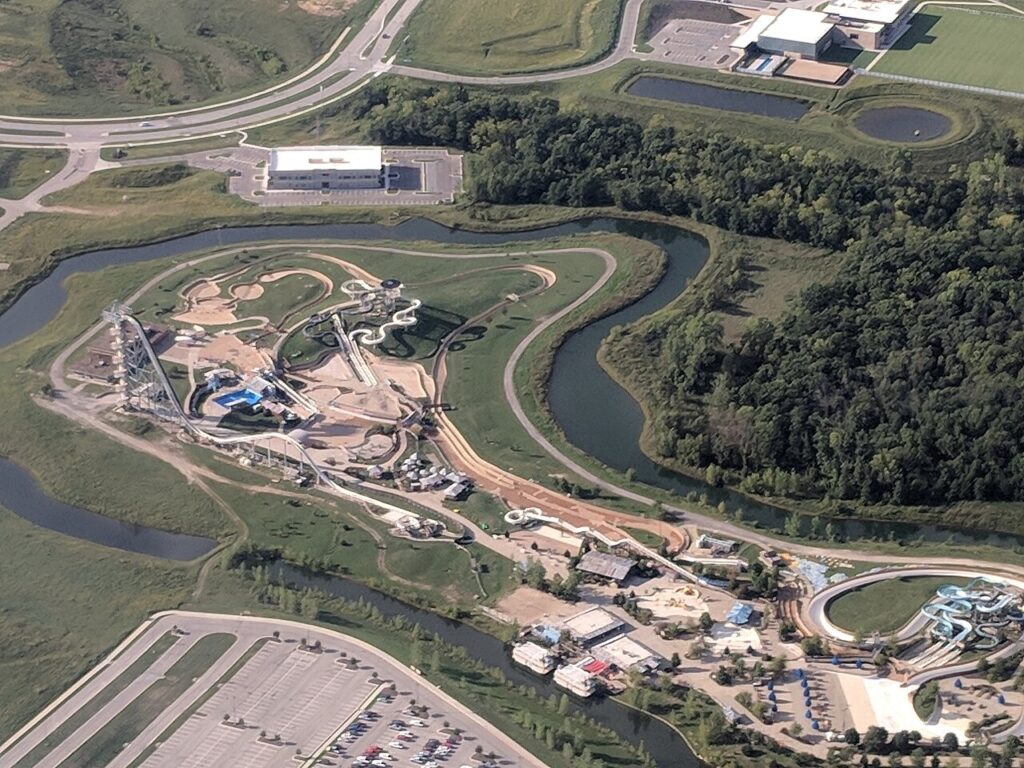
Record-breaking ambition met devastating reality. Verrückt claimed the world’s tallest water slide title at 168 feet. Then a 10-year-old died when his raft became airborne in 2016. The 264-step climb to the top became a stairway to tragedy.
Investigations revealed fourteen prior injuries operators had concealed. The slide and park closed permanently. Innovation without safety becomes a monument to what went wrong.
16. Kings Island Amusement Park, Ohio (Son of Beast)
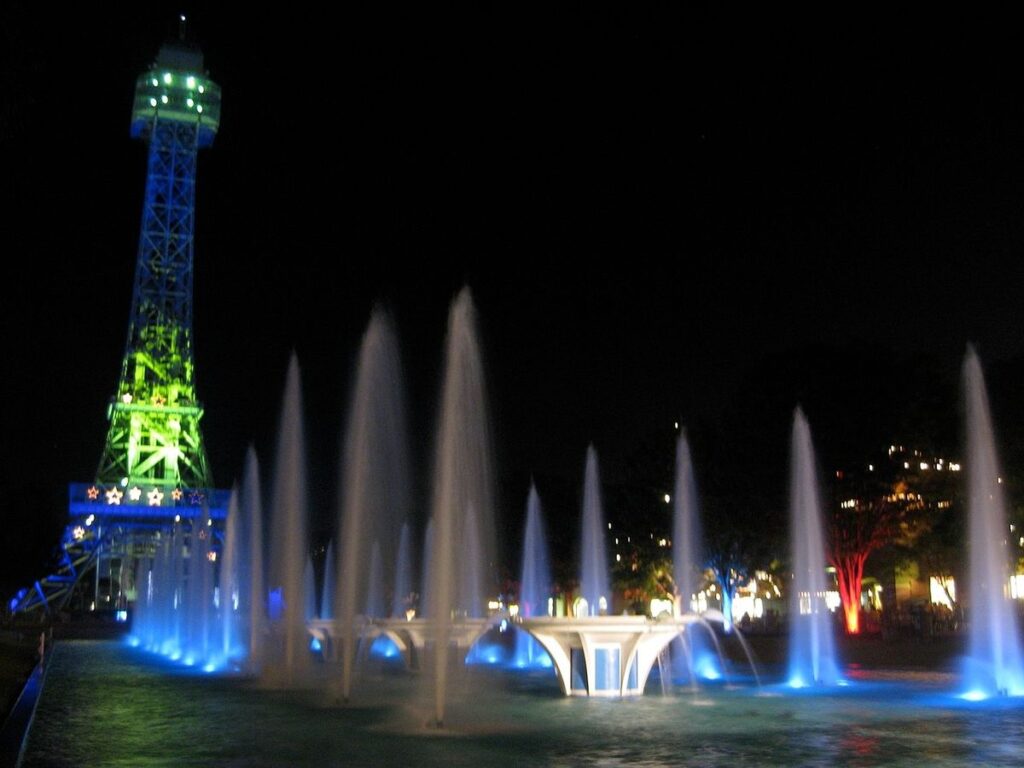
The tallest wooden coaster ever built became a wooden nightmare. Son of Beast reached 218 feet and 78 mph before structural failure injured 27 riders in 2006. Engineering hubris met the unforgiving laws of physics.
Multiple closures and setbacks followed. The park demolished it in 2012. Ambition alone can’t engineer away physics or guarantee structural integrity.
15. Mission: Space, Disney World, Florida
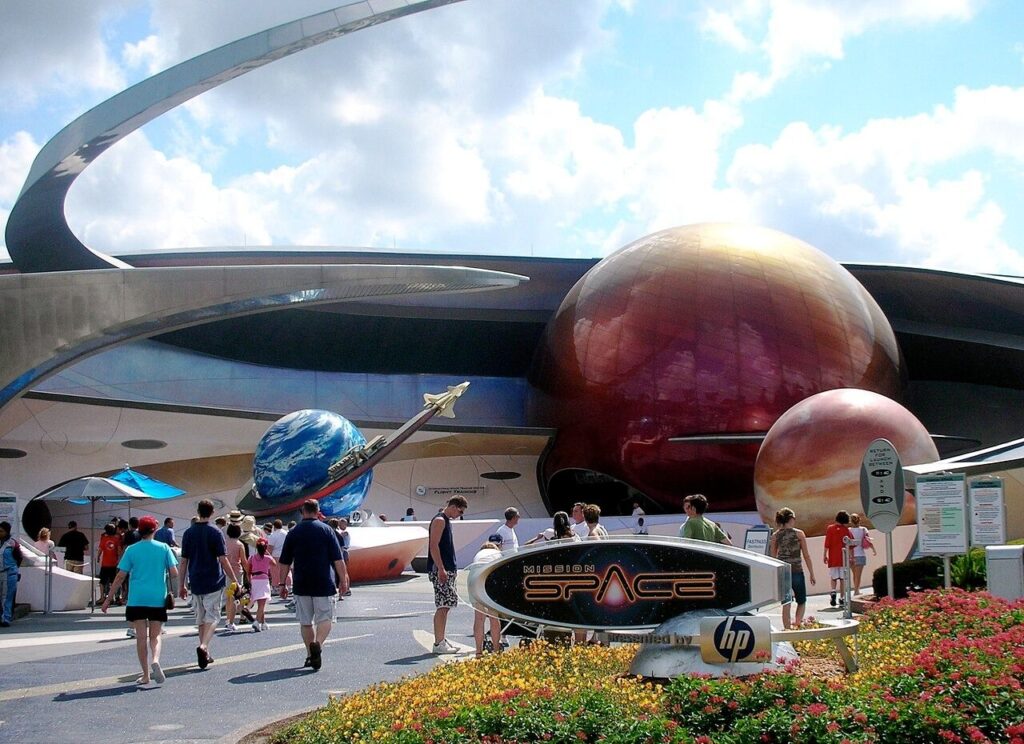
Even Disney magic has limits. Mission: Space simulates space flight using a 2.5G centrifuge. From 2005-2006, 194 incidents included motion sickness, chest pain, and two deaths. Astronaut dreams turned into medical emergencies.
Disney introduced the milder Green mission and stricter health screening. Sometimes the most magical place on earth reminds you that thrill rides carry real risks.
14. Darien Lake Amusement Park, Buffalo, New York (Ride of Steel)
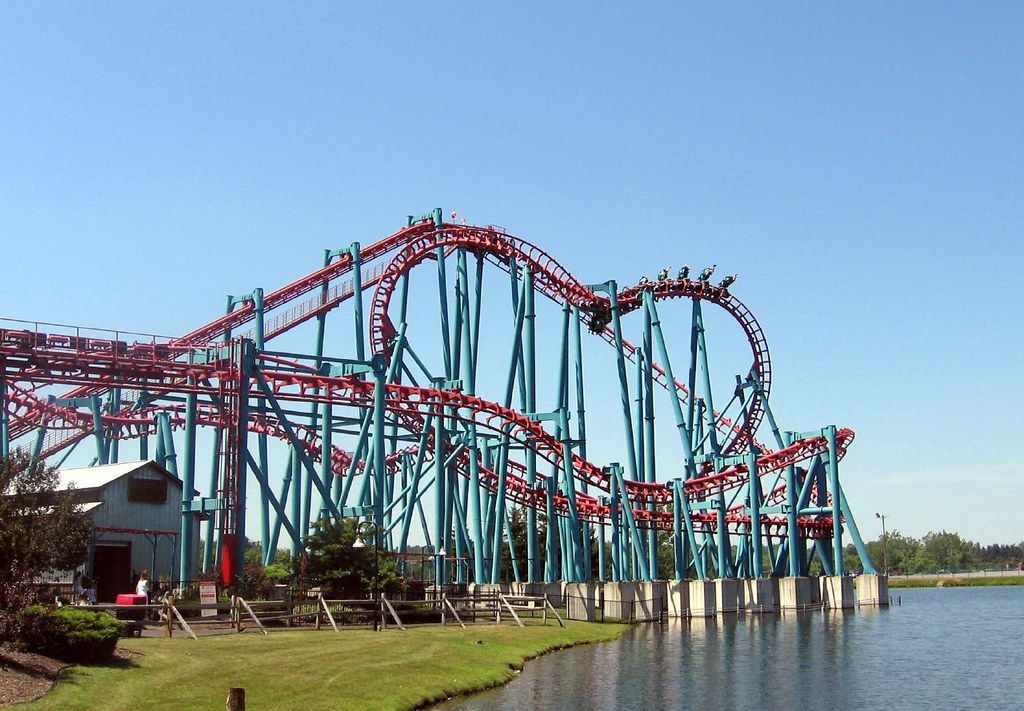
A 208-foot hypercoaster became a veteran’s final ride. In 2011, an Iraq War double-amputee was ejected when his lap bar failed. He fell to his death. A man who survived combat didn’t survive a day at the amusement park.
The incident exposed restraint system limitations for disabled riders. A previous ejection in 1999 showed this wasn’t isolated. Every safety system has gaps somebody might fall through.
13. Nagashima Spa Land, Japan (Steel Dragon 2000)
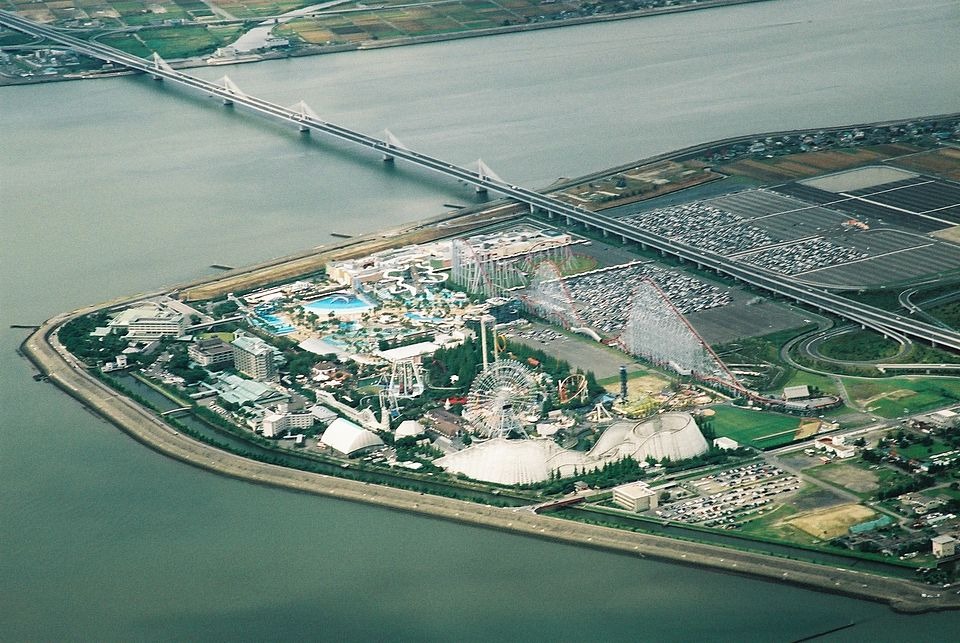
The world’s longest coaster spans 8,133 feet of track. In 2003, an axle failure caused wheel assemblies to detach mid-ride, injuring a woman. Metal screamed louder than the passengers that day.
Engineers closed Steel Dragon 2000 for three years. Substantial safety upgrades followed. Scale impresses, but mechanical integrity matters more than record books.
12. Action Park, New Jersey
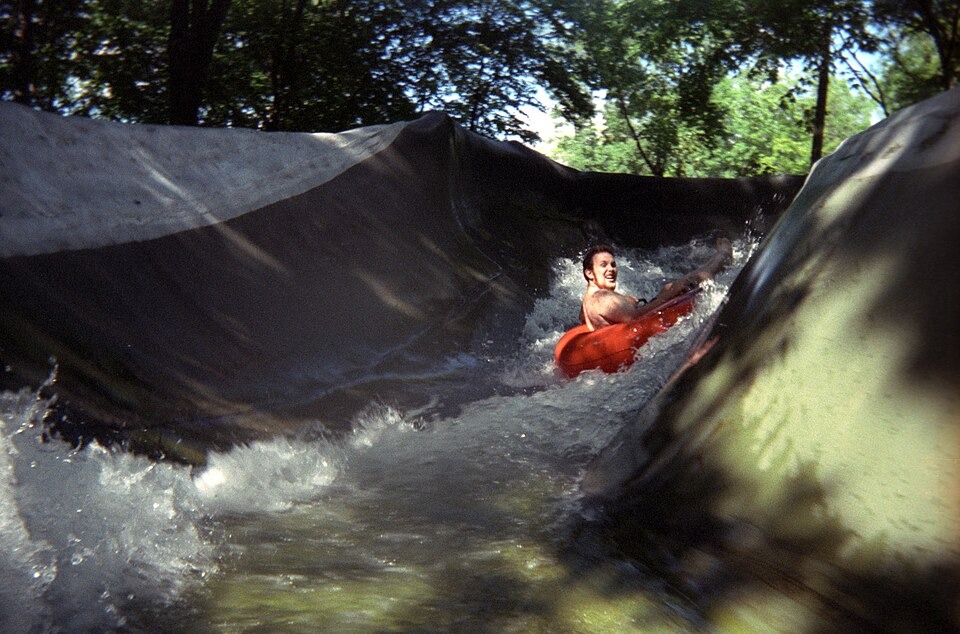
Danger was the main attraction here. Action Park operated from 1978-1996 with minimal oversight and maximum carnage. Six documented deaths and over 100 serious injuries annually told the story. They called it Class Action Park for good reason.
The Cannonball Loop and Alpine Slide pushed boundaries nobody should cross. Rebranded as Mountain Creek, it learned that adrenaline shouldn’t cost lives.
11. California’s Great America
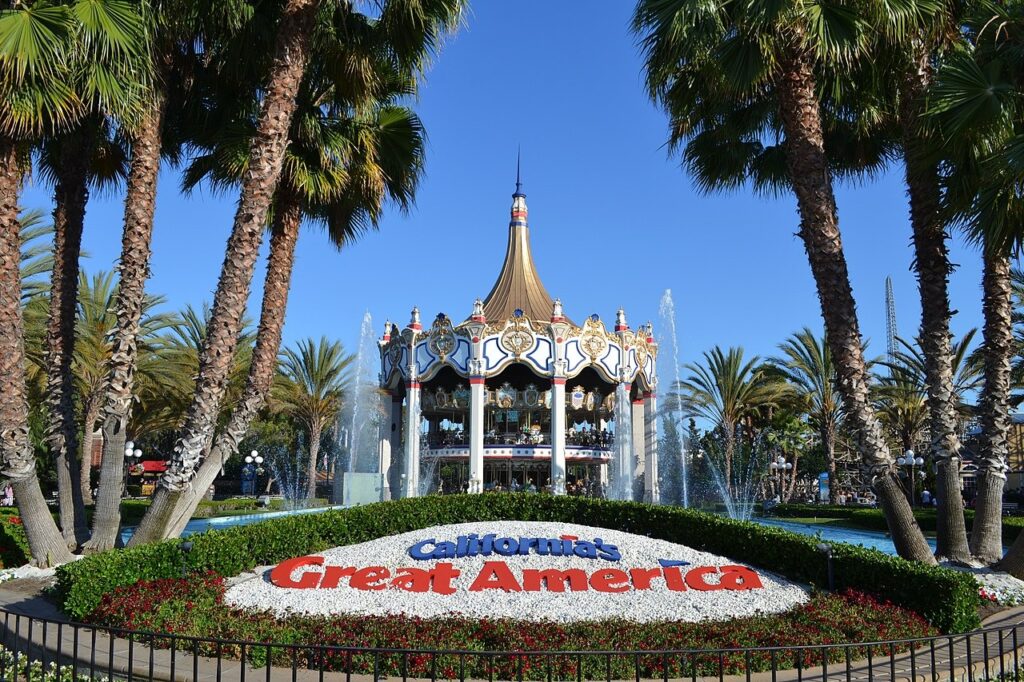
The Bicentennial celebration launched this Santa Clara park in 1976. Six documented fatalities since 1980 include drownings and ride accidents across 52 attractions. Nearly five decades of operation couldn’t prevent recurring tragedies.
Great America closes after 2033 when developers claim the land. One final decade remains for this troubled but beloved destination.
10. Rye Playland, New York
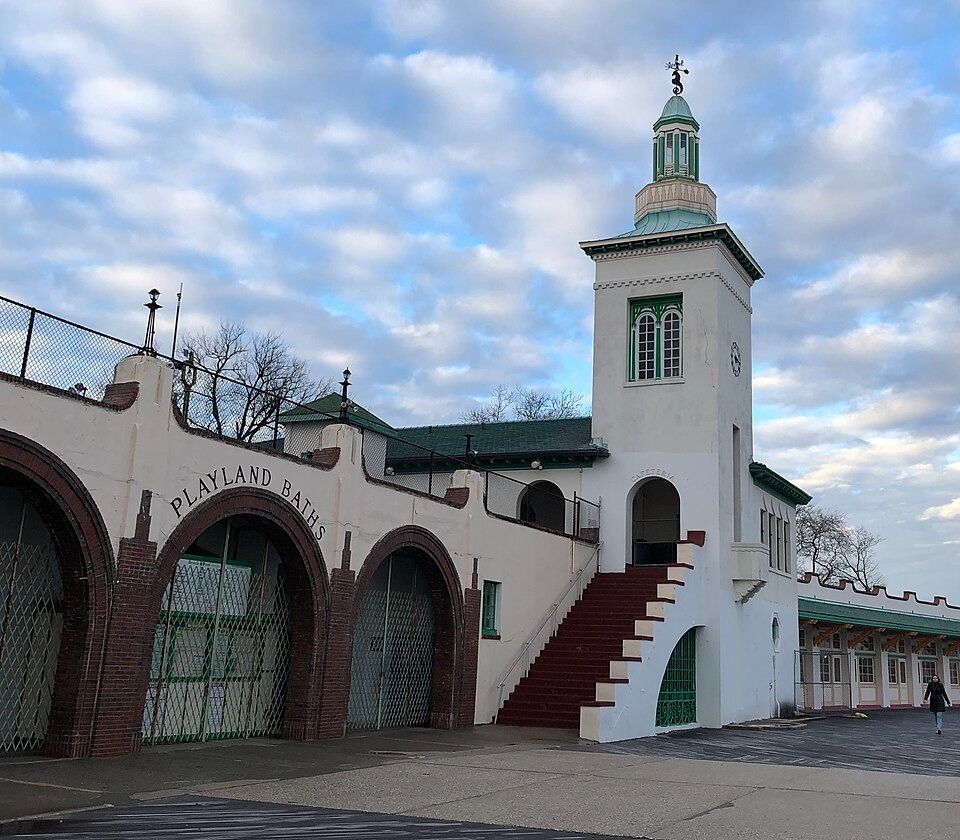
Continuous operation since 1928 can’t erase tragedy. Two deaths on the Mind Scrambler, one fatality on Ye Old Mill, and Wild Mouse’s mechanical failure sent six to hospitals. Nearly a century of memories includes some nobody wants to remember.
Decades of joy compete with moments of horror. Vigilance and safety improvements must outweigh nostalgia when lives hang in the balance.
9. Parc Astérix, France
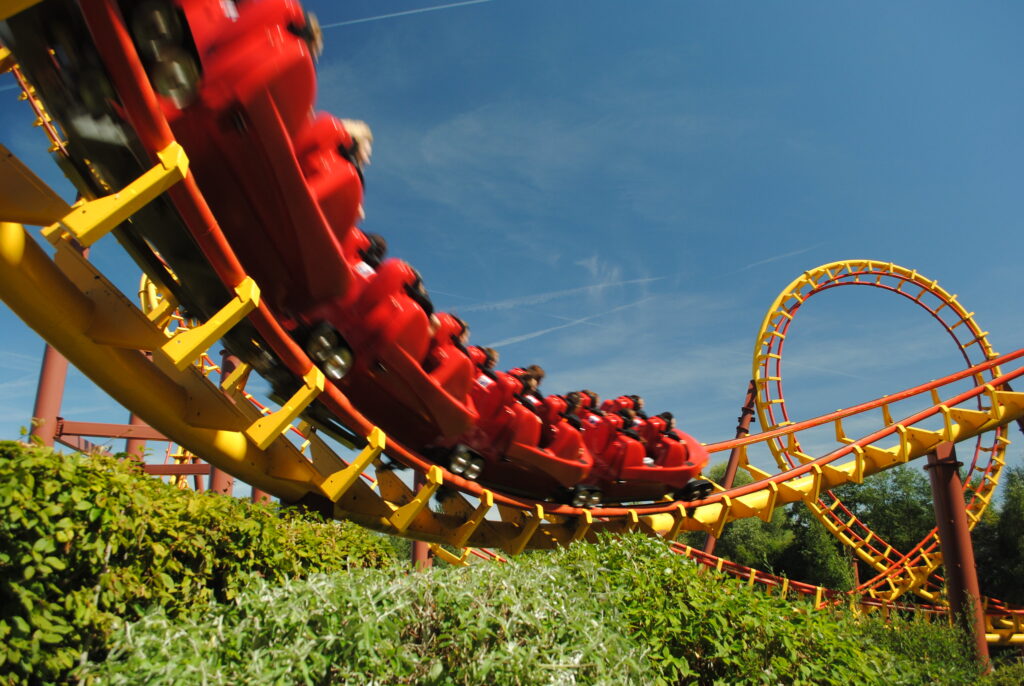
Gaulish heroes battle Roman legions in this themed wonderland. But real battles involve broken bones and safety incidents across seven coasters and water attractions. Comic book adventures turned into real-world emergencies.
Lightning struck an 11-year-old waiting for Zeus’s Thunder Coaster in 2004. A 6-year-old died after being pulled into a water pump. Even cartoon mascots can’t protect against real dangers.
8. M&D’s Motherwell Theme Park, Scotland
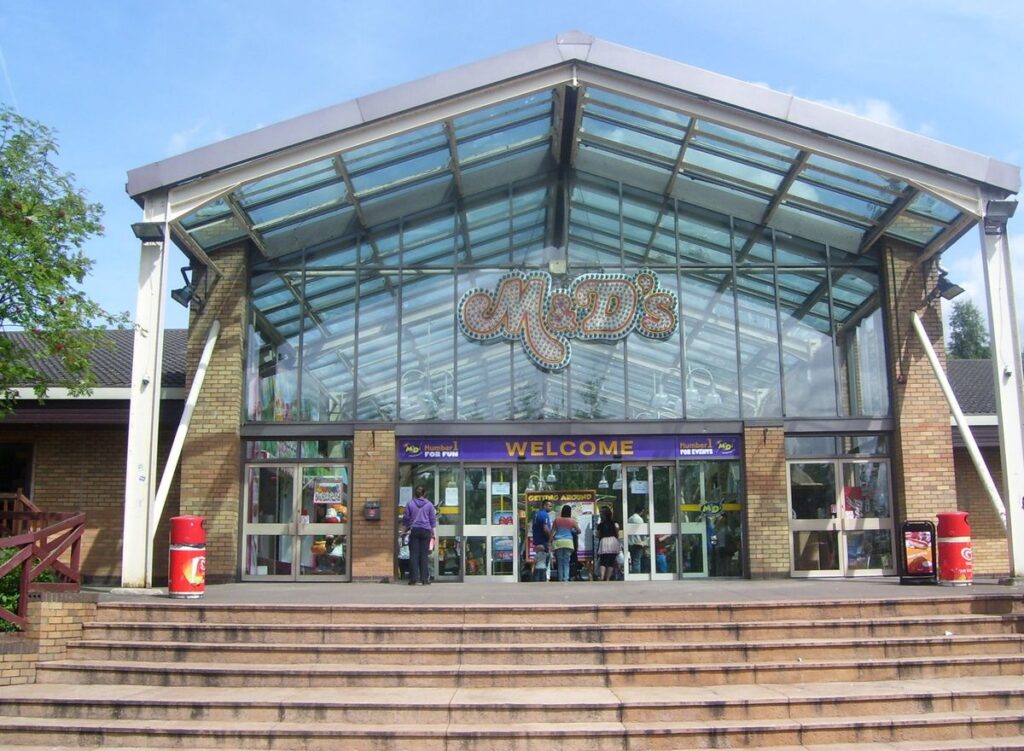
Scottish thrills turned traumatic repeatedly. A girl’s leg became trapped on the log flume in 2013, causing life-changing injuries. In 2016, a derailed coaster fell onto a children’s ride. Highland adventures became highland nightmares.
Fifteen people were injured in that derailment. Mechanical failures seem surprisingly common for a park that opened in 1996. Safety demands shouldn’t feel revolutionary.
7. Expoland, Japan

Cost-cutting killed Expoland. Management slashed maintenance budgets until 2007 brought catastrophe. The Fuji Raijin 2 derailed, instantly killing a 19-year-old and injuring 19 others. Penny-wise decisions became pound-foolish tragedies.
A broken axle caused the tragedy. Expoland closed permanently years later. Short-sighted savings rob families of safe joy and sometimes steal lives entirely.
6. California’s Great America
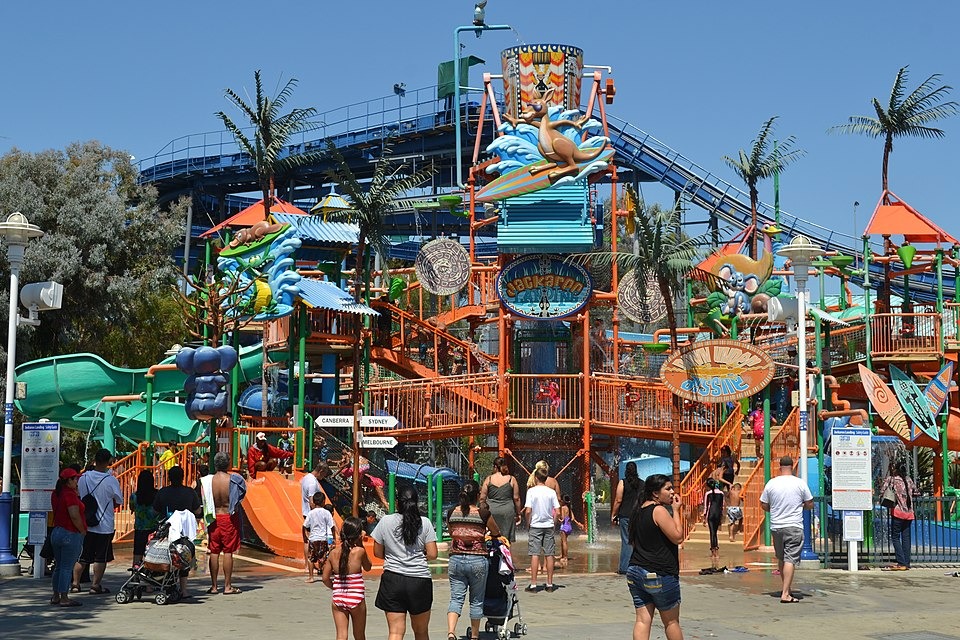
The roller coaster capital hosts over 3 million guests yearly across seventeen coasters. Only one documented death occurred, but numerous serious injuries followed boat flips and train collisions. America’s roller coast occasionally forgets to coast safely.
Operator error causes most incidents. Improved training could prevent future accidents. Even coaster meccas must prioritize safety over thrills.
5. Kings Island Amusement Park, Ohio
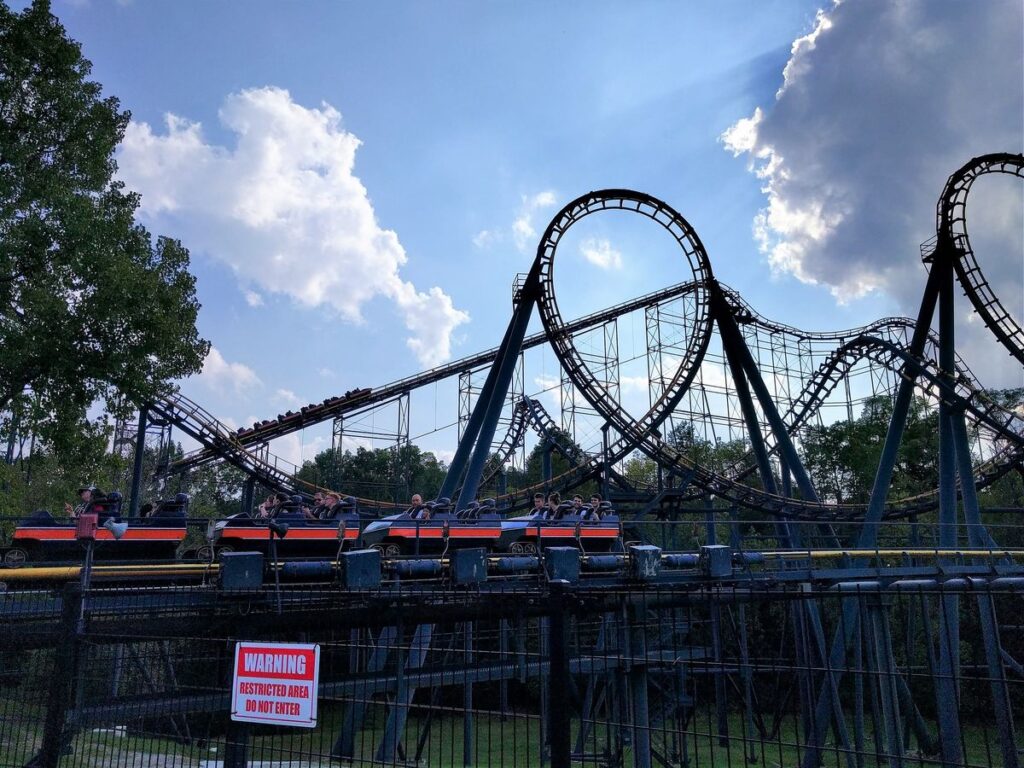
This Ohio destination attracts 3.5 million visitors annually to fourteen coasters and three water rides. Mechanical failures tarnish its reputation despite unique designs. The Beast may be legendary, but mechanical beasts lurk in other attractions.
Shoot the Rapids malfunctioned in 2013, injuring several guests. Every component must function for the clock to run smoothly. Reliability builds trust.
4. Kankaria Adventure Park, India

The pendulum arm snapped in July 2019, dropping passengers over 20 feet. Two died and twenty-nine suffered serious injuries when preventable negligence struck. Adventure became tragedy in the span of a pendulum swing.
More frequent inspections could have saved lives. This accident highlighted how corner-cutting creates catastrophes that honor victims through demanding accountability.
3. Cedar Point Ohio
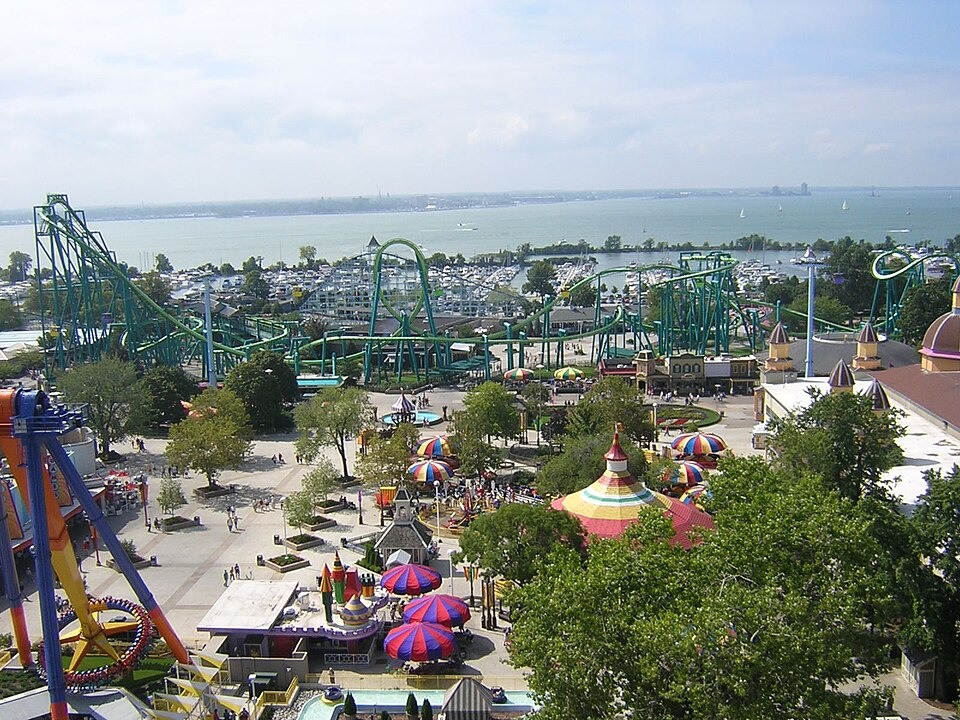
The roller coaster capital hosts over 3 million guests yearly across seventeen coasters. Only one documented death occurred, but numerous serious injuries followed boat flips and train collisions. America’s roller coast occasionally forgets to coast safely.
Operator error causes most incidents. Improved training could prevent future accidents. Even coaster meccas must prioritize safety over thrills.
2. Alton Towers UK
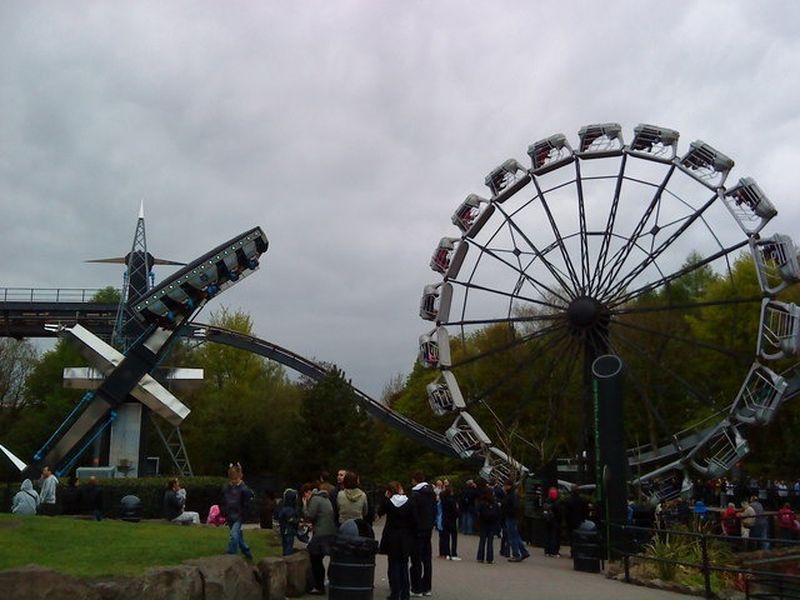
Britain’s largest theme park attracts over 2 million visitors to forty attractions. The Smiler’s 2015 crash left two amputees when prevention mechanisms failed. The ride’s name became grimly ironic after the collision.
A runaway mine train malfunctioned in 2006. Alton Towers was deemed liable for lacking safety protocols. Building safer culture remains essential work.
1. Walt Disney World Florida
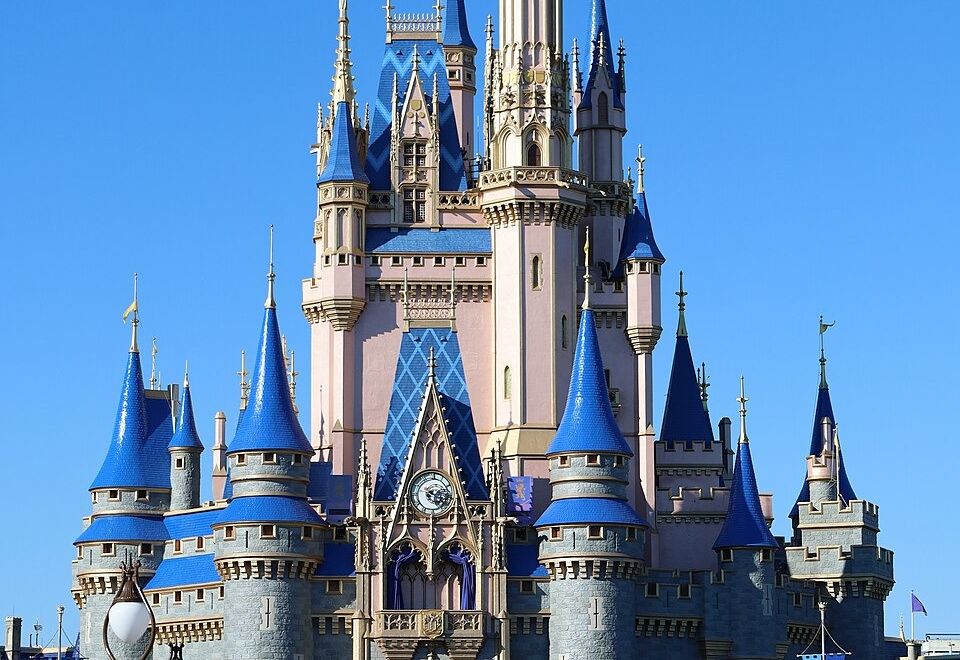
Even the Magic Kingdom can’t guarantee magical outcomes. Over 58 million visitors create statistical inevitability for incidents across four parks and countless attractions. Mickey Mouse can’t wave away physics or human frailty.
Mission: Space caused 194 incidents from 2005-2006. At least 100 lawsuits were filed in 1985 alone. Reporting incidents proactively helps Disney respond faster.






